The world’s rising sea levels pose an existential threat to many of our planet’s most
beautiful and culturally significant islands. From the South Pacific to the Indian
Ocean, numerous island nations and territories face the very real possibility of
substantial submersion within the next few decades.
While tourism must be approached responsibly to avoid exacerbating environmental
pressures, visiting these remarkable places now offers a chance to appreciate their
unique heritage, support local communities, and better understand the urgent
challenges they face. Here’s a guide to 20 endangered islands that deserve your
attention while they still stand above the waves.
The Maldives
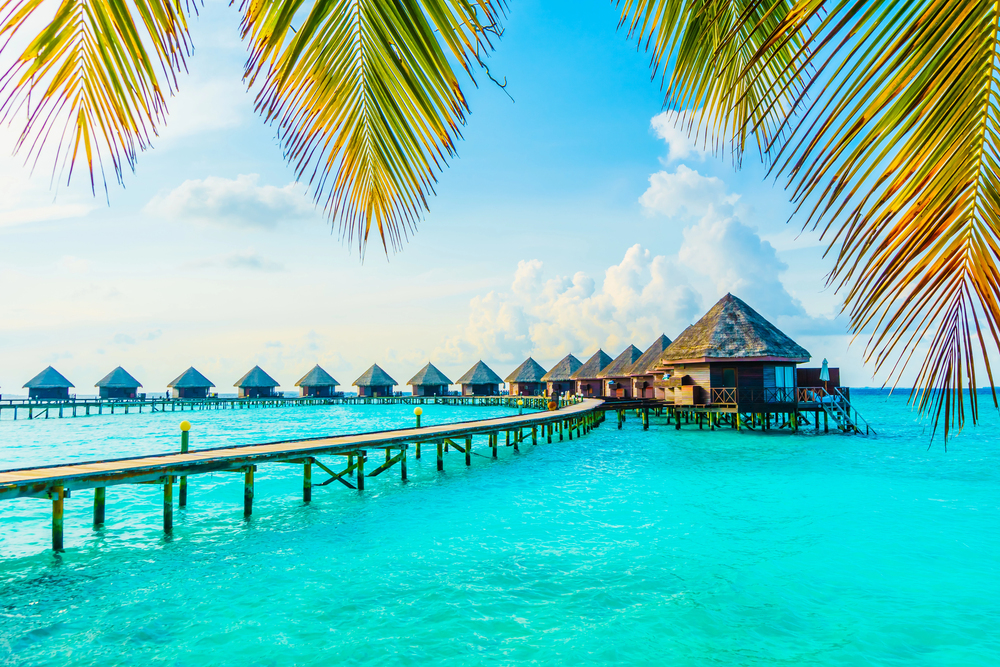
This stunning archipelago of 26 atolls in the Indian Ocean is perhaps the most
famous example of a nation at risk from rising seas. With an average elevation of
just 4 feet above sea level, the Maldives could become largely uninhabitable by 2100
if current trends continue.
The nation has already built artificial islands and is exploring floating architecture solutions, but its 1,190 coral islands, with their pristine beaches, world-class diving, and unique culture, are still a must-visit destination. Traditional fishing villages, over-water bungalows, and vibrant marine life showcase why this paradise is worth preserving.
Tuvalu

This tiny Polynesian nation of nine coral atolls is already experiencing regular
flooding during high tides. With most of its land less than 6 feet above sea level,
Tuvalu is fighting for survival while maintaining its rich Polynesian culture.
Visitors can experience traditional dance ceremonies, witness the unique te puka tree
forests, and observe how locals are adapting to rising waters through innovative
farming techniques and coastal protection measures.
Like Travel Pug’s content? Follow us on MSN.
Kiribati
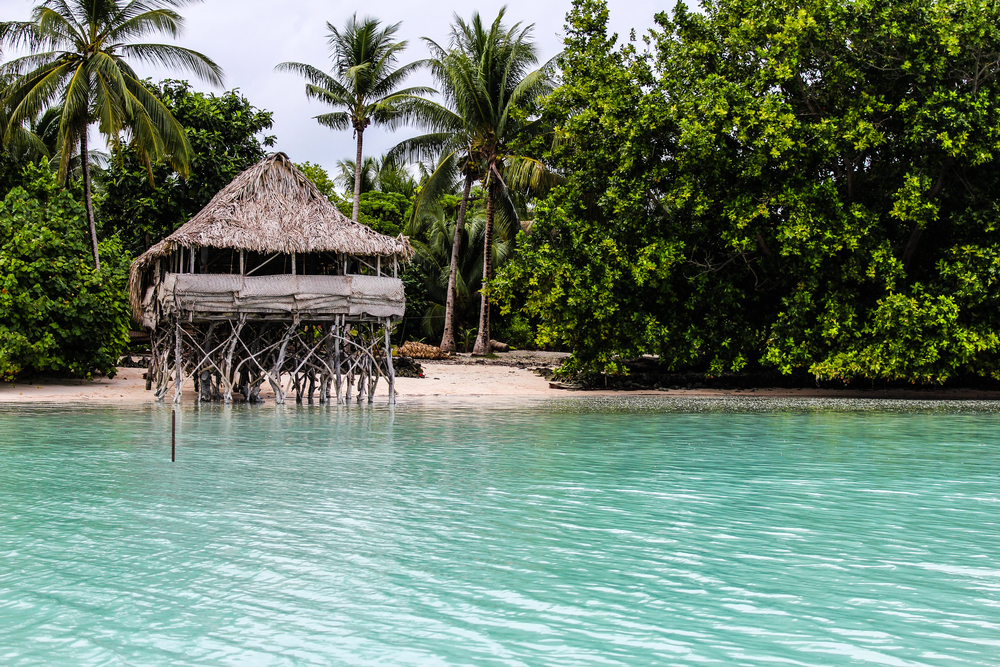
Straddling the equator in the Central Pacific, Kiribati’s 33 coral atolls face an
uncertain future. The nation has already purchased land in Fiji as a potential future
home for its people.
Today, visitors can still experience its remarkable culture, including traditional navigation techniques, unique handicrafts, and some of the world’s best sport fishing. The Phoenix Islands Protected Area, one of the largest marine protected areas on Earth, showcases the nation’s commitment to ocean conservation.
Marshall Islands
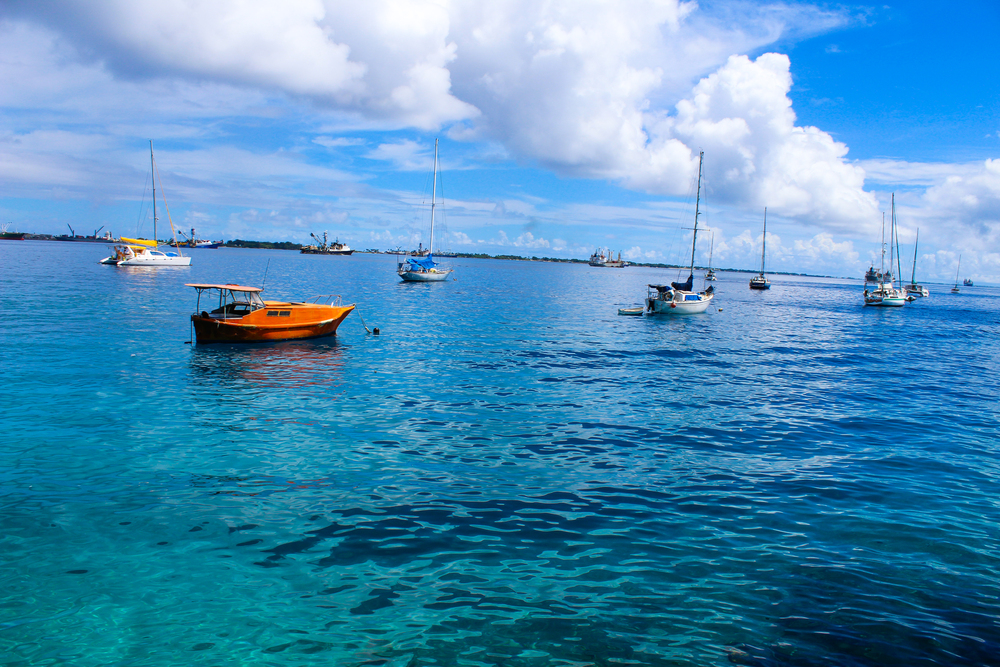
This collection of 29 coral atolls and five single islands is home to some of the most
resilient people on Earth. Having survived nuclear testing and colonial occupation,
they now face rising seas threatening their existence.
The islands offer incredible wreck diving from World War II, traditional outrigger canoe experiences, and insight into how ancient Polynesian navigation techniques are being preserved for future generations.
Solomon Islands
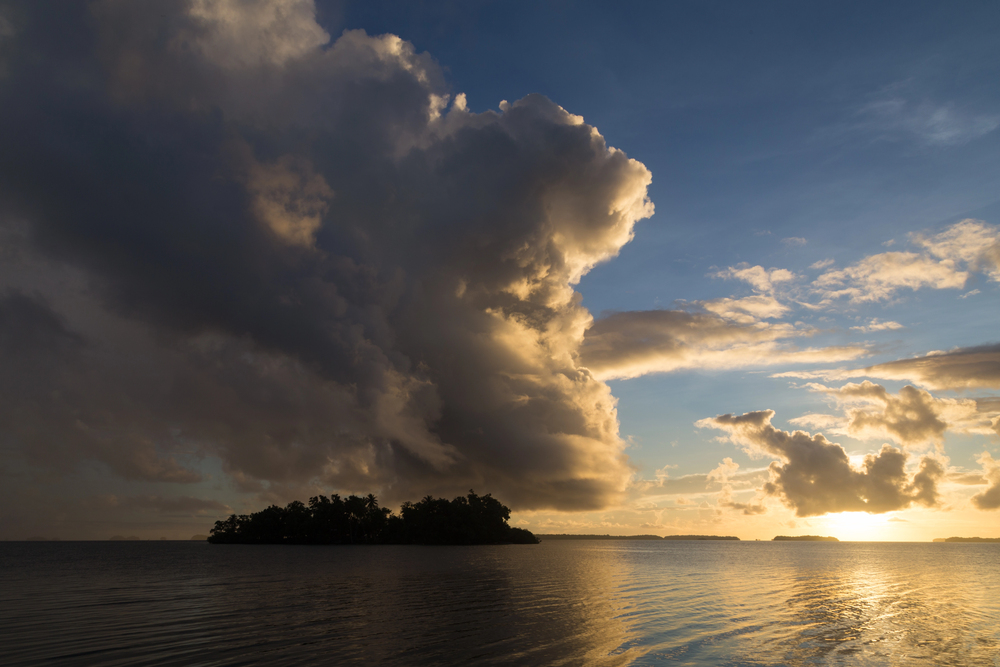
Five small islands in the Solomons have already disappeared beneath the waves
since 2016, with six others experiencing severe shoreline recession. The remaining
islands offer world-class diving among WWII wrecks, traditional village stays, and
opportunities to witness unique cultural practices like shell-money making.
The nation’s blend of Melanesian traditions and modern adaptation strategies provides a
compelling glimpse into how island communities are facing climate challenges.
Like Travel Pug’s content? Follow us on MSN.
Palau
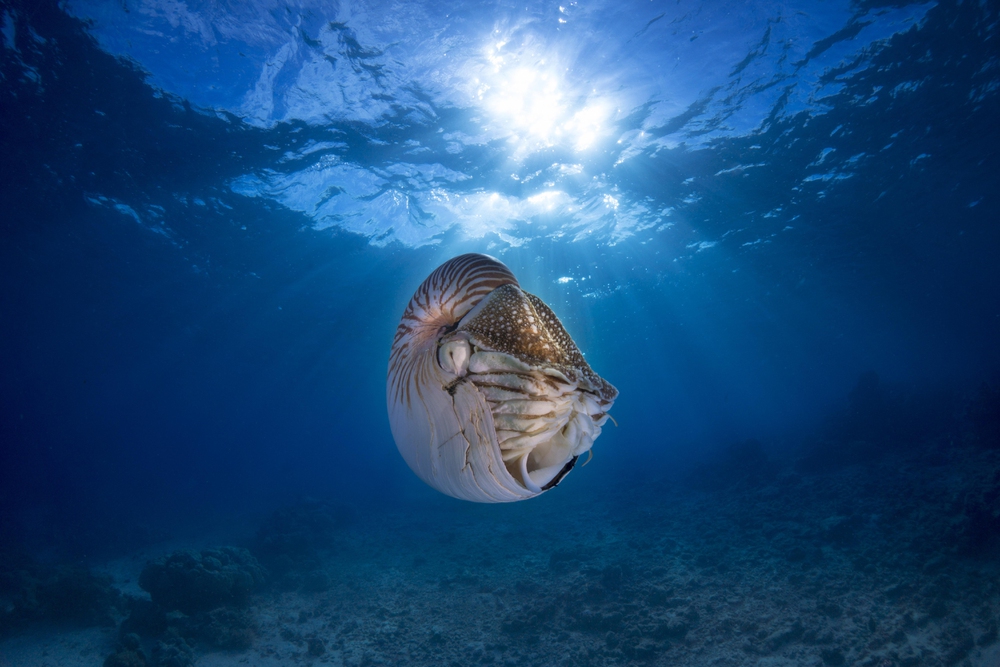
This western Pacific archipelago of over 500 islands faces multiple climate threats,
including coral bleaching and rising seas. Palau’s Rock Islands, a UNESCO World
Heritage site, feature unique mushroom-shaped formations created by ancient coral
reefs.
Visitors can explore the world-famous Jellyfish Lake, dive into some of the clearest waters on Earth, and learn about the nation’s groundbreaking marine conservation efforts.
Seychelles
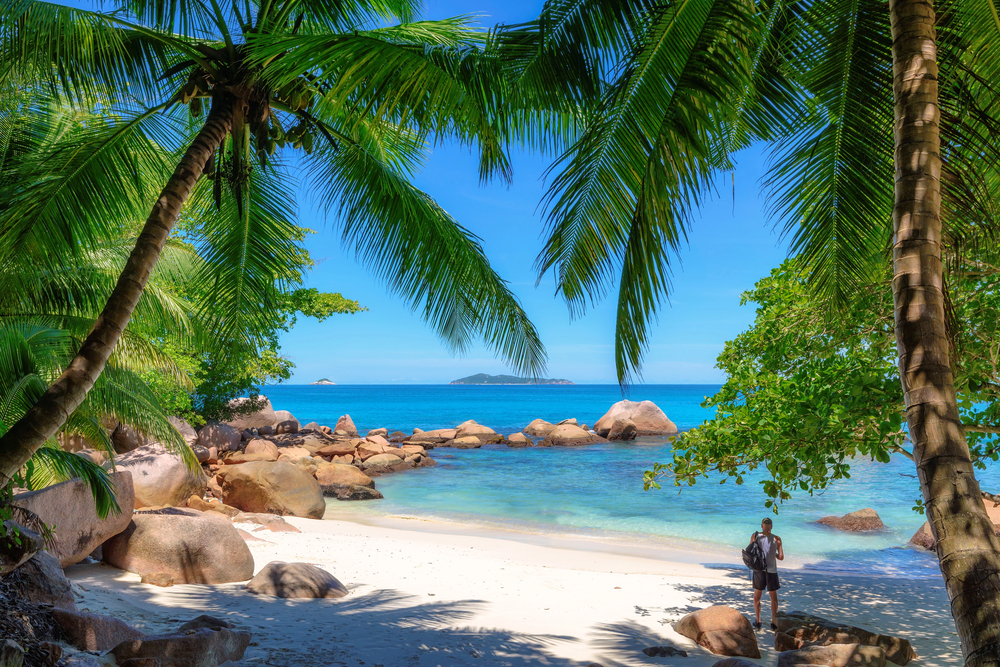
Rising seas threaten this Indian Ocean paradise’s 115 granite and coral islands. The
nation has become a leader in marine conservation, with 30% of its waters
protected.
Visitors can explore the unique Vallée de Mai, home to the rare coco de mer palm, spot giant Aldabra tortoises, and witness innovative coastal management projects that could become models for other threatened islands.
Torres Strait Islands
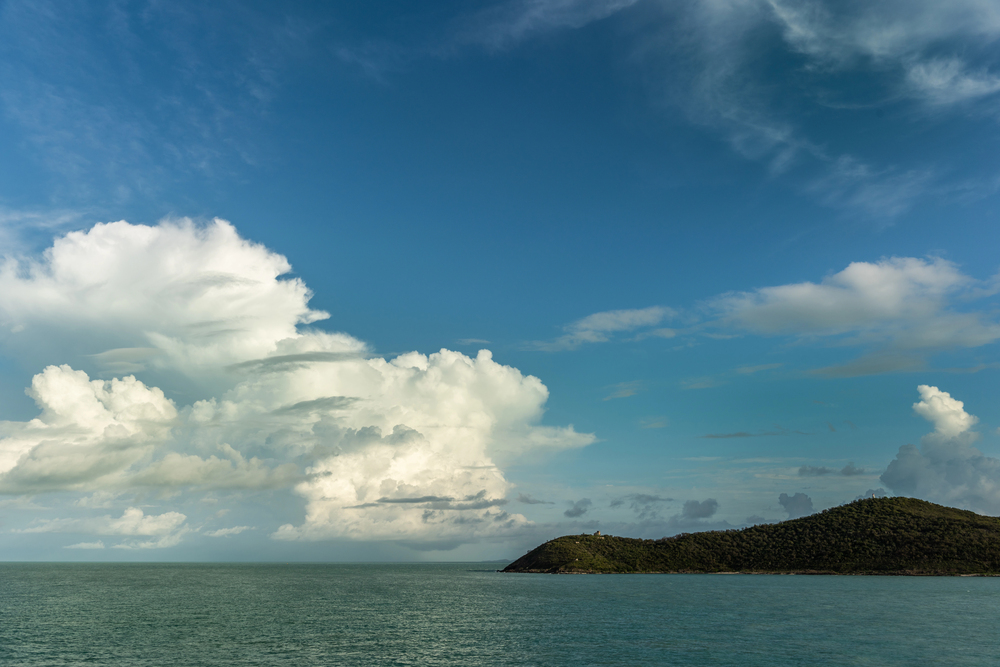
Located between Australia and Papua New Guinea, these islands are experiencing
increasingly frequent flooding and erosion. The region’s unique blend of Aboriginal
and Pacific Islander cultures offers visitors insight into traditional hunting practices,
ancient rock art, and modern indigenous responses to climate change.
The islands’ traditional owners maintain strong connections to land and sea despite mounting environmental challenges.
Like Travel Pug’s content? Follow us on MSN.
Fiji’s Outer Islands
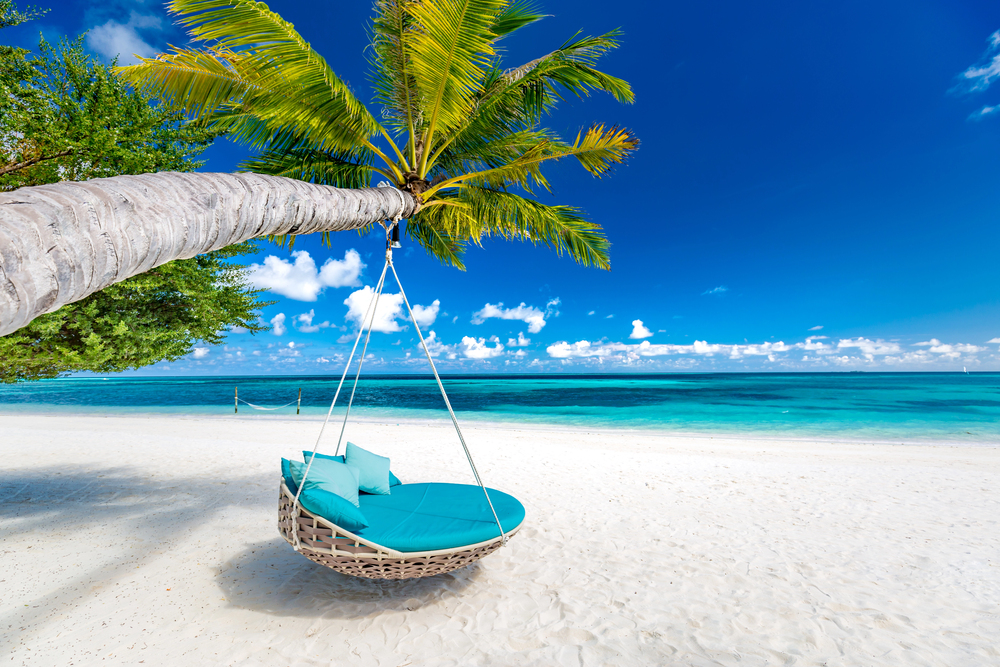
While Fiji’s main islands have higher elevations, many of its outer islands face
serious threats from rising seas. These remote outposts offer authentic Fijian cultural
experiences, world-class surfing spots, and opportunities to witness traditional
sustainable fishing practices.
Several islands are already implementing innovative climate adaptation strategies, including mangrove restoration and raised agriculture.
Carteret Islands
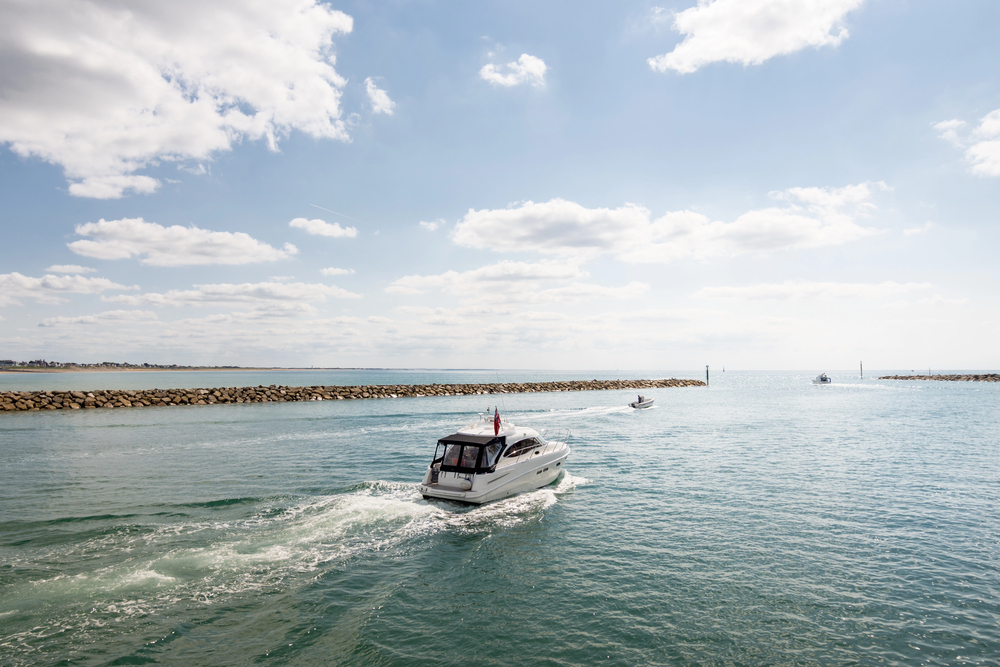
These six small islands in Papua New Guinea are among the first places in the world
to require evacuation due to rising seas. Visitors can still experience traditional
Polynesian culture, witness innovative floating garden techniques, and learn about
the challenges of relocating entire communities while maintaining cultural identity.
Guna Yala Islands
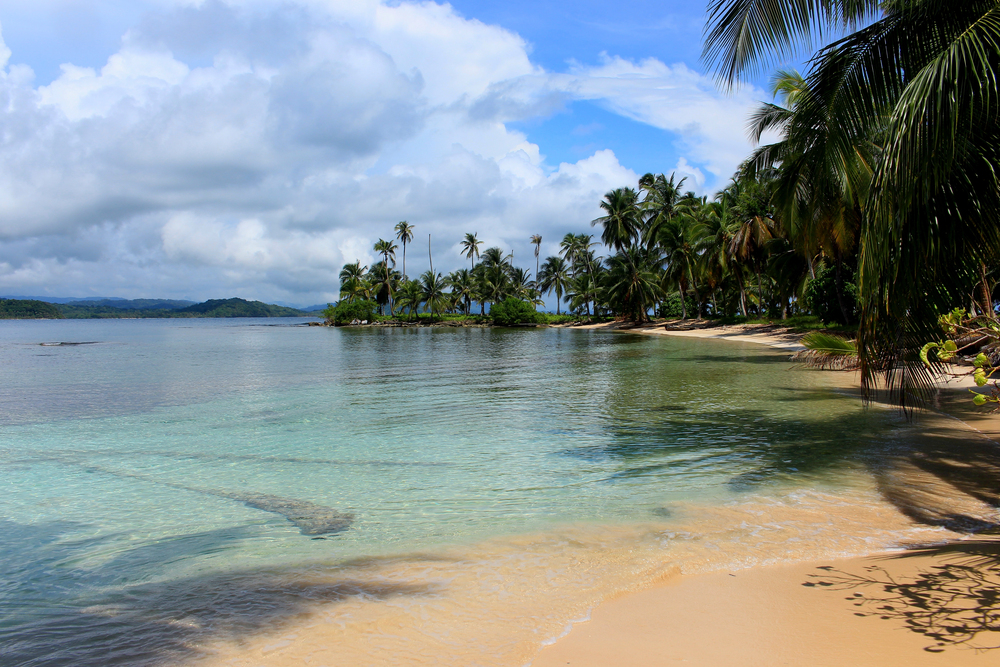
Off Panama’s Caribbean coast, these indigenous-governed islands face increasing
pressure from rising seas. The Guna people maintain strong traditional practices
while adapting to environmental changes.
Visitors can experience their unique mola textiles, traditional sailing techniques, and innovative approaches to sustainable tourism in a threatened paradise.
Like Travel Pug’s content? Follow us on MSN.
Prince Edward Islands
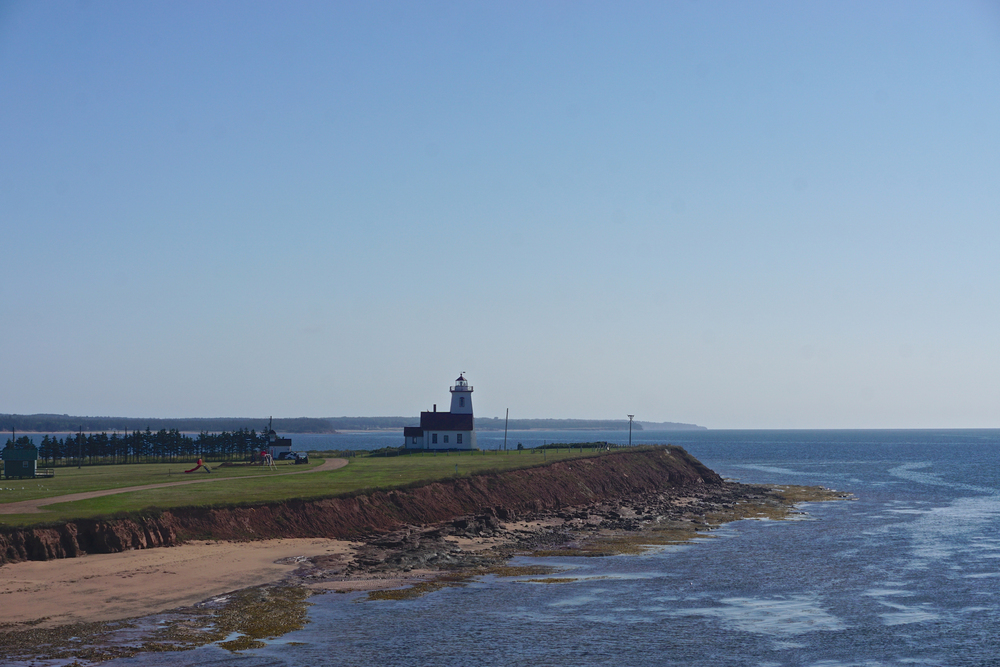
These subantarctic islands governed by South Africa face multiple climate threats,
including rising seas and changing weather patterns. Though visits are strictly
controlled, scientists and special permit holders can witness unique wildlife, including
several penguin species, and observe how climate change affects remote
ecosystems.
Tangier Island
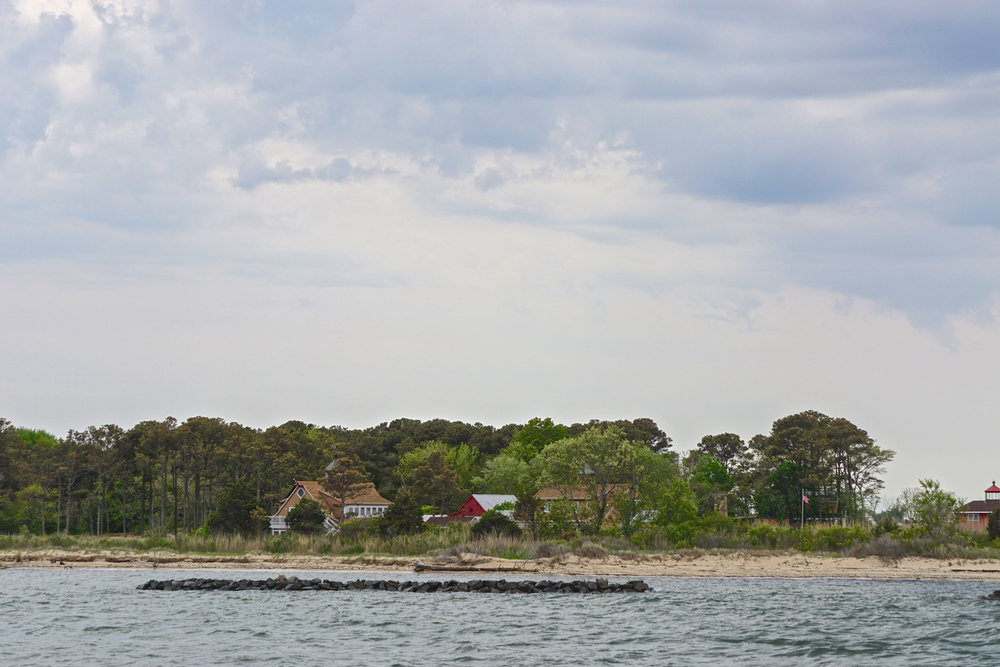
Located in Virginia’s Chesapeake Bay, this historic American island community could
be uninhabitable within 50 years. Visitors can experience unique linguistic patterns
preserved from colonial times and traditional crab harvesting techniques and witness
how a centuries-old American community is adapting to environmental threats.
Hallig Islands
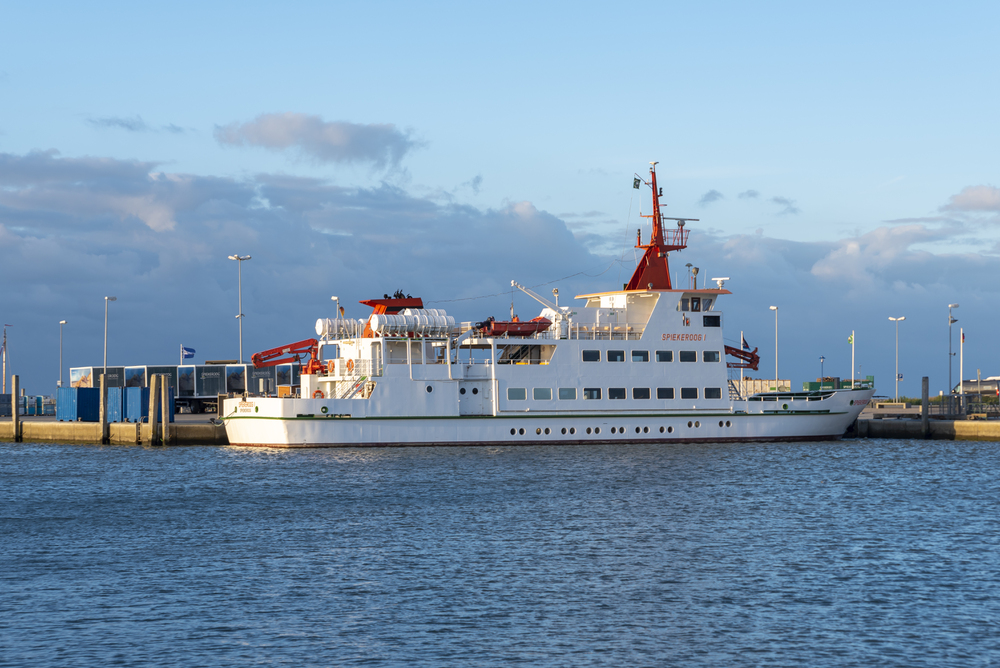
These tiny German North Sea islands experience regular flooding but have adapted
through innovative building techniques on artificial mounds called warfts. Visitors can
witness this unique architectural response to rising seas, experience traditional
Frisian culture, and observe innovative coastal protection measures being
developed.
Like Travel Pug’s content? Follow us on MSN.
Isle de Jean Charles
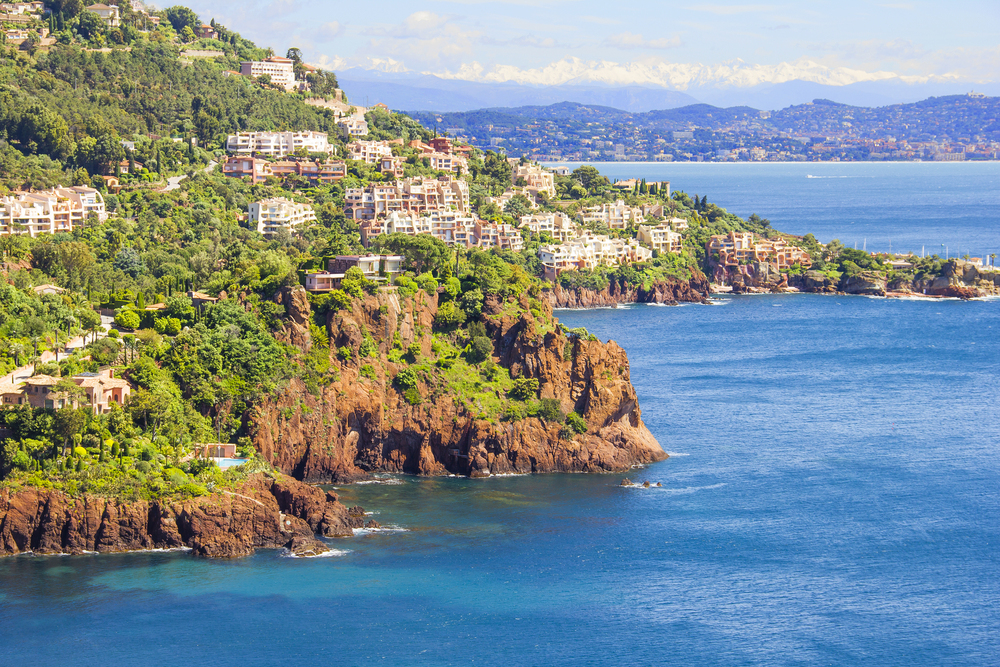
This small Louisiana island, home to members of the Biloxi-Chitimacha-Choctaw
tribe, has lost 98% of its land since 1955. Visitors can learn about indigenous
adaptation strategies and traditional fishing practices and witness one of America’s
first climate change resettlement projects in action.
Vanikoro
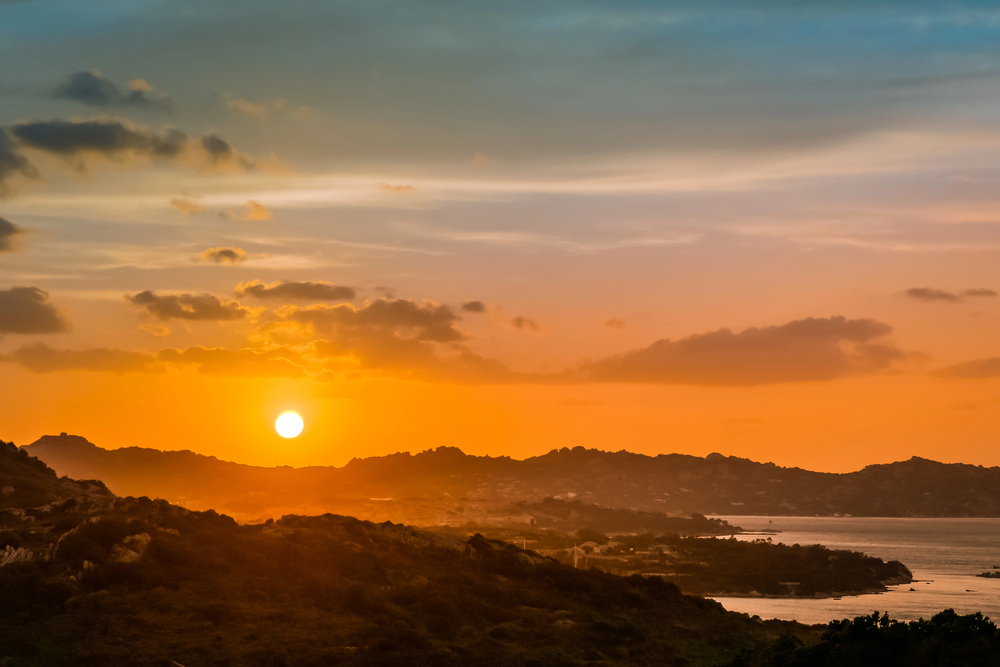
This Solomon Islands outpost faces multiple climate threats while preserving the
mystery of the La Pérouse expedition’s disappearance. Visitors can explore unique
forest ecosystems, witness traditional navigation practices, and observe how remote
Pacific communities are adapting to environmental changes.
Majuro Atoll
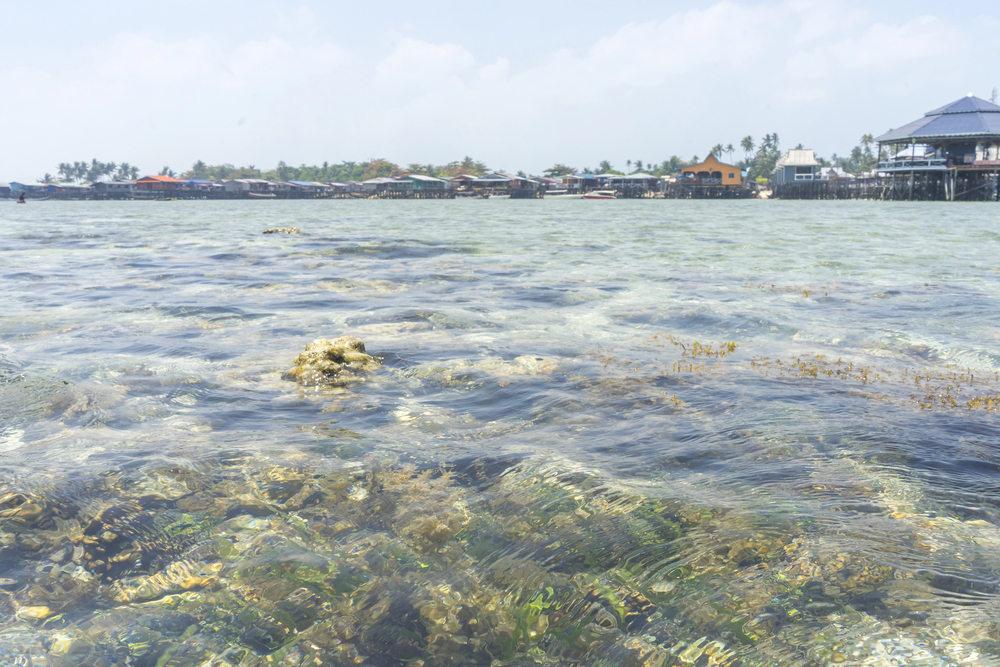
The capital of the Marshall Islands showcases both the challenges and innovative
responses to rising seas in the Pacific. Visitors can experience urban adaptation
strategies, witness traditional outrigger canoe building, and observe how modern
infrastructure projects are being designed with rising waters in mind.
Like Travel Pug’s content? Follow us on MSN.
Banda Islands
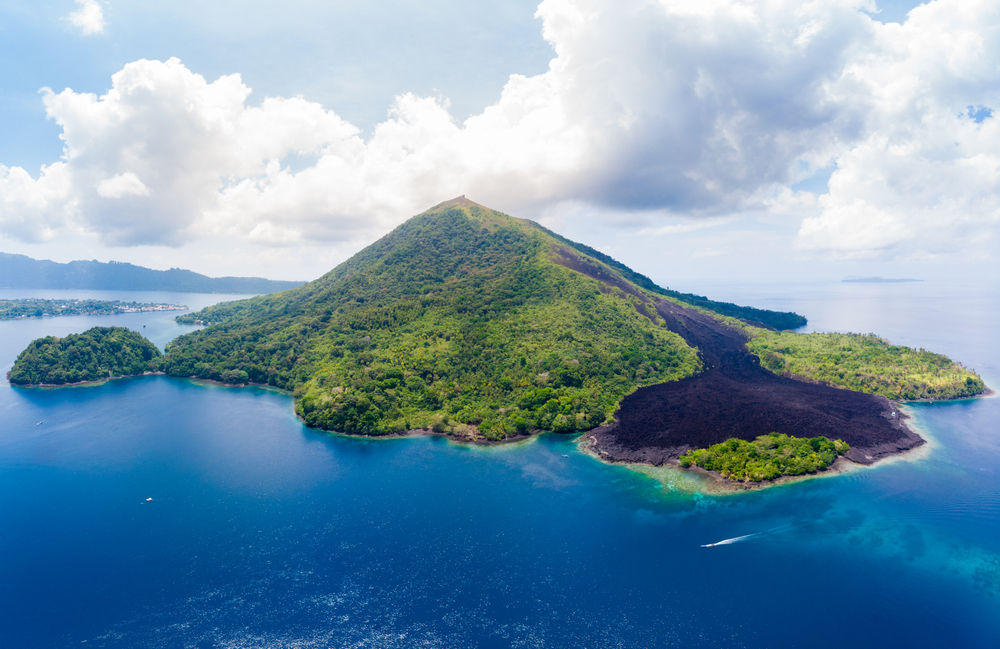
These historic Indonesian spice islands face threats from rising seas and changing
weather patterns. Visitors can explore Dutch colonial architecture, experience
traditional nutmeg harvesting, and witness how communities are adapting centuries-
old trading practices to new environmental realities.
Lohachara Island
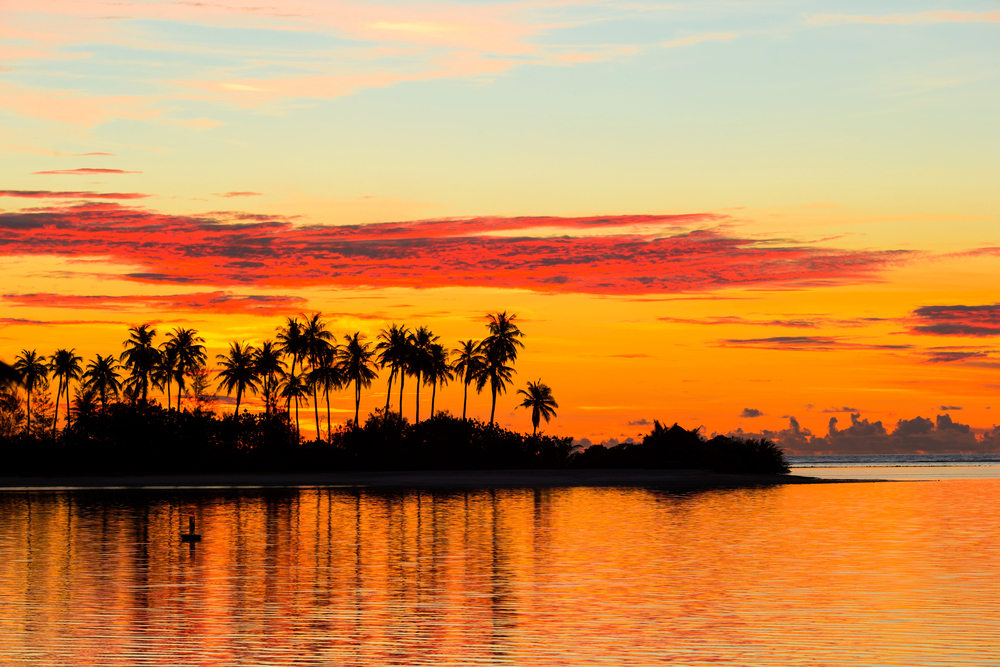
Though this Indian island has already vanished beneath the Bay of Bengal,
neighboring islands offer insights into how communities adapt to losing their
homeland. Visitors to the region can witness innovative floating agriculture techniques and mangrove restoration projects and learn about the human cost of rising seas.
San Blas Islands
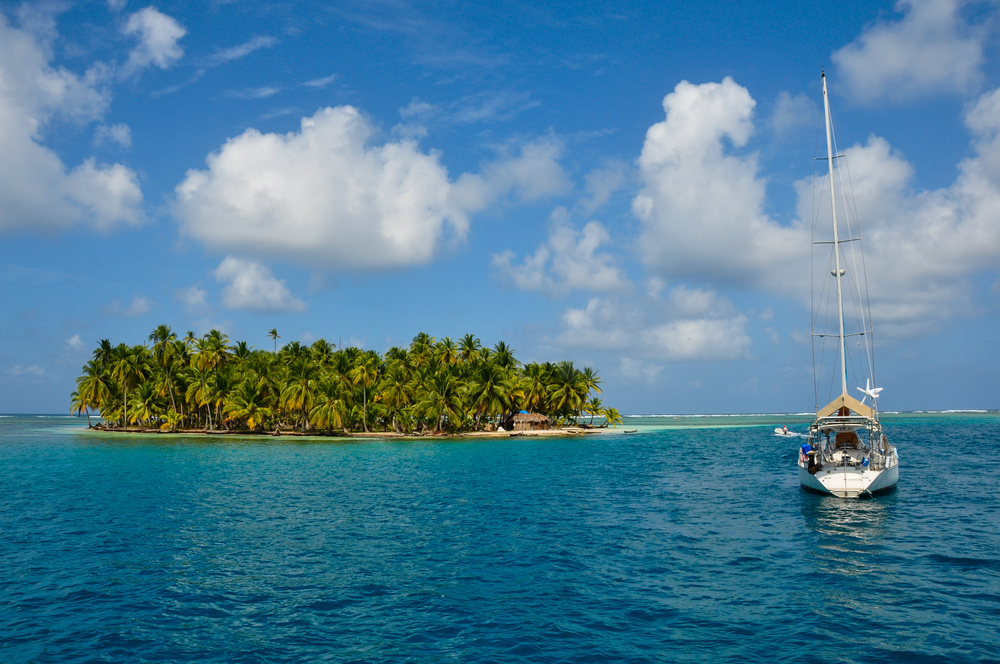
This archipelago off Panama’s coast faces increasing pressure from rising seas
while maintaining strong indigenous traditions. Visitors can experience Guna culture,
witness innovative approaches to sustainable tourism, and observe how traditional
knowledge is being applied to modern environmental challenges.
Like Travel Pug’s content? Follow us on MSN.
Endangered Islands: Visit Responsibly
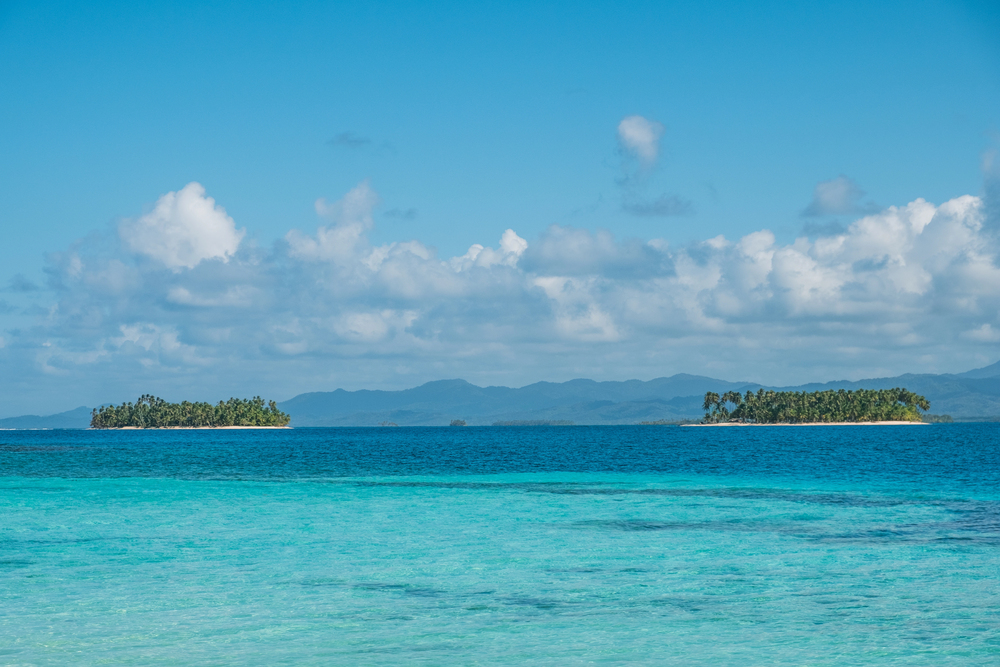
These endangered islands represent just a fraction of the world’s threatened coastal
communities, each offering unique insights into human resilience and adaptation in
the face of environmental change. While responsible tourism can provide crucial economic support and raise awareness, it’s essential to approach these visits with respect for local communities and awareness of environmental impacts.
The time to experience these remarkable places is now, as many may be dramatically altered or lost to rising seas within our lifetimes.
More from Travel Pug

- 15 Dangerous European Cities to Avoid
- 15 Caribbean Islands Where Tourists Keep Getting Scammed
- The 20 Most Fascinating Abandoned Places: A Journey Through Time and Forgotten Spaces
- 15 Hidden Places in the Smithsonian Museums Locals Love: A Guide to Lesser-Known Treasures
- 16 Hidden Florida Beach Towns That Aren’t Overrun with Tourists
Like Travel Pug’s content? Follow us on MSN.
